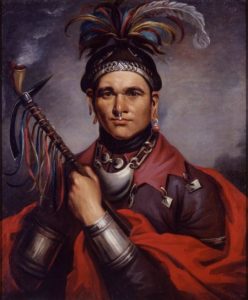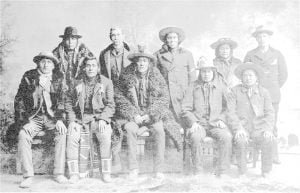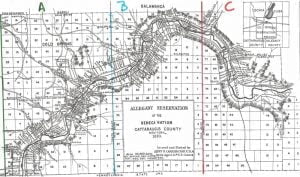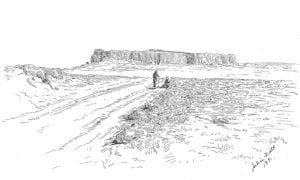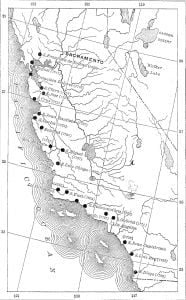Condition of New York Indians in the 1890 Census
This collection of material provides an extensive look into the New York Indian tribes as they existed in 1890. While some attention is given to the remnants of the Long Island Indians, most of the material is specific to the Six Nations. The data includes maps of the Reservations, and lists and photographs of occupants of those reservations in 1890.

